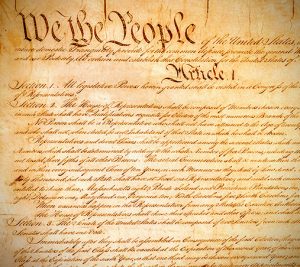Filling vacancies when a politician steps down is a hot topic today. Witness the mess in Virginia. Closer to home in Ulster County, we likewise are facing a controversy, albeit of a smaller scale. Ulster County Executive Michael Hein recently announced that he will shortly resign to become the commissioner of the New York State Office of Temporary Disability Assistance. This will create a vacancy in the county’s top elected executive position for the first time since we adopted our charter in 2006. So we find ourselves learning now about how we must fill the vacancy. And some of us are not happy.
Ulster County Democratic Committee Chairman Frank Cardinale and his Republican counterpart, Roger Rascoe, have asked that governor Andrew Cuomo intervene in the process. More on that, shortly.
The bigger picture is that we miss the significance of this kind of issue because our governmental system is so decentralized. There are more than 500,000 elected offices in the United States. After looking at some demographics and mortality tables, I reached a rough estimate that about 3,000 incumbents will die in office this year. And that does not count those who will resign, or get sick and can’t work, or move away, or are removed for cause. Nor does it consider offices that must be filled because no one runs for them. In total, that’s likely several thousand more. So we need to think hard about what is at stake.
When I worked on the question of filling vacancies in elective office for the New York City Charter Commission in the 1980s, I learned of the mix governmental and political considerations embedded in this process: continuity in governance; legitimacy of representative government; and political career advancement. Unfortunately, too often the latter priority overwhelmed the other two more noble goals, and careers in “elected” office were regularly launched and advanced by appointment. Continue reading



